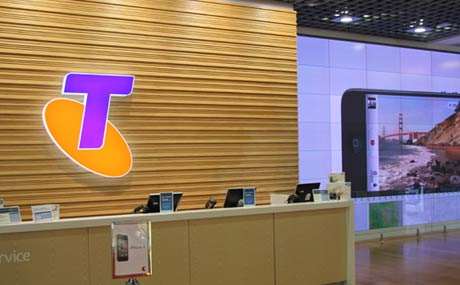Telstra is to embark on a three-year, $3 billion drive to improve customer service and restore its “differentiation” advantage on network quality that it lost after a spate of recent problems.
CEO Andy Penn said that the telco’s customers and networks were its “biggest assets”.
He promised to make the experience of interacting with Telstra more “seamless and simple”.
“Short term actions to remove customer pain points will be followed by more significant and longer term improvement of the customer experience,” Penn said.
“There are a number of immediate actions that we believe will improve customer experiences.
“We will simplify products and platforms – we need to retire old technology and systems that slow down and complicate how customers are served.”
Penn said Telstra would continue to digitise processes and also invest in better tools to predictively monitor its networks.
“Telstra’s digitisation program will include expanding digitally-enabled sales and service channels so that customers can interact with Telstra on their terms, as well as introducing capability to better pre-empt issues faced by customers,” Penn said.
The telco also plans to reinvigorate its fixed and mobile networks.
Its mobile network, in particular, has been beset by a number of high-profile national outages in 2016, damaging the credibility of a network once seen as technically superior to rivals and therefore able to justify a premium price.
Those outages led Telstra to initiate $250 million in spending to fix network resiliency; however, today’s announcement significantly raises the investment stakes.
https://ia.acs.org.au/news/telstra-outages-lead-to-250m-network-boost-430078
Penn said that a “significant proportion” of the $3 billion would “go towards transforming the next generation of networks.”
“Network differentiation is a long-standing contributor to our success, underpinning our clear market leadership and shareholder returns,” Penn said.
Penn said he wanted to accommodate both ever-increasing demand for mobile data, as well as support newer services such as those being driven by the Internet of Things.
He promised to pay particular attention to differentiating between the needs of consumers and business.
Apart from increasing capacity in the networks generally, Penn confirmed that Telstra would seek to transform its core network through virtualisation.
Telstra is one of many telcos worldwide to offer software-defined networking (SDN) or network function virtualisation (NFV) services to its business customers.
However, it is now embracing the technology for its own operations. Penn said that the technology would make future networks “programmable”, allowing a greater level of automation in the way network services are provisioned and managed.
It is unclear at present whether that software-defined capability will be brought to bear on its 4G network or reserved largely for the next step-change in mobile networks – 5G – which is due around 2020.
Telstra flagged last week that it would roll out SDN and NFV technologies, mostly in support of a 5G concept called “network slicing”, which allows a network to be divided into virtual “slices” that can be used to run different types of services or target different groups of users.
Penn declined to disclose exactly how the telco plans to carve up spending on its network over the next three years, to conserve any advantage it might gain from the investment.









